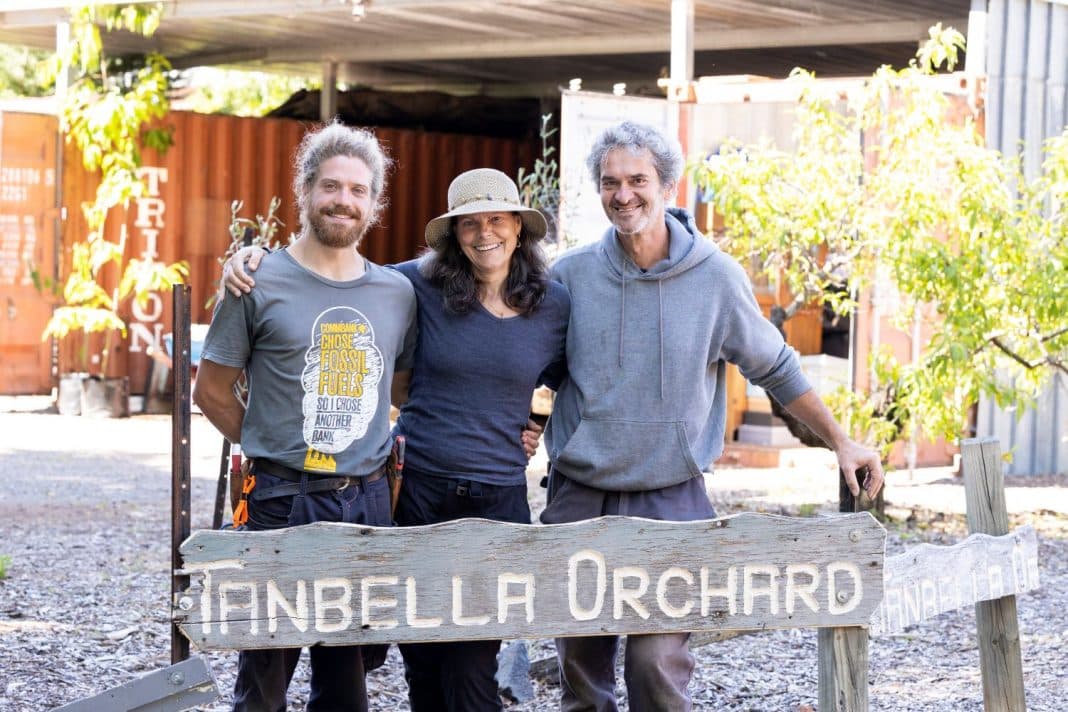Canberra may be the political heart of Australia, known for its population of public servants and influx of politicians, but unbeknown to many, the national capital is also home to a diverse and passionate farming community.
In an effort to build Canberra’s agricultural landscape, the ACT Government is preparing the Capital Food and Fibre Strategy, with an aim to launch farming in the ACT onto the national stage.
So, what is the future of farming in Canberra? Canberra Daily journalist, Abbey Halter, investigates.
Nestled in Canberra’s original food bowl near the Molonglo River at Pialligo, Tanbella Orchard was first planted in the 1970s with red and gold Delicious and Granny Smith apples.
Today, it’s an agritourism hub in the region and one of the handful of ‘pick your own fruit’ farms.
Owner Chris Reid has a country background, but apple farming is far from her forte.
She originally bought Tanbella to simply garden, and after 10 years of neglect, the orchard was fairly “rundown” anyway, but regardless, she began work to transform it.
Leaning into the ‘experience’ element of Tanbella Orchard, Chris opened the gates for the community to come and pick their own fruit.
The link to tourism, people travelling to pick their apples, peaches, and pears, has allowed Tanbella Orchard to stay afloat.
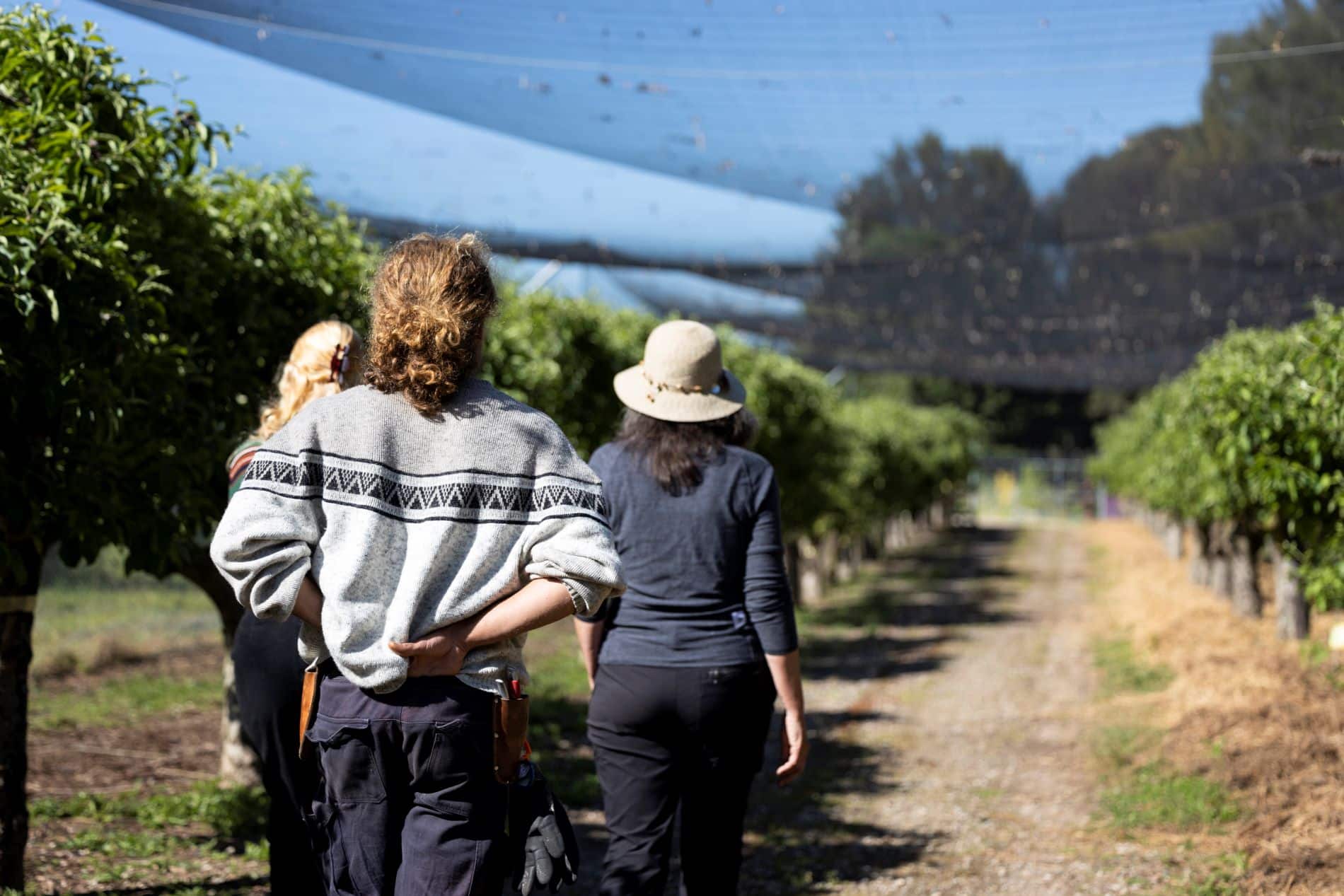
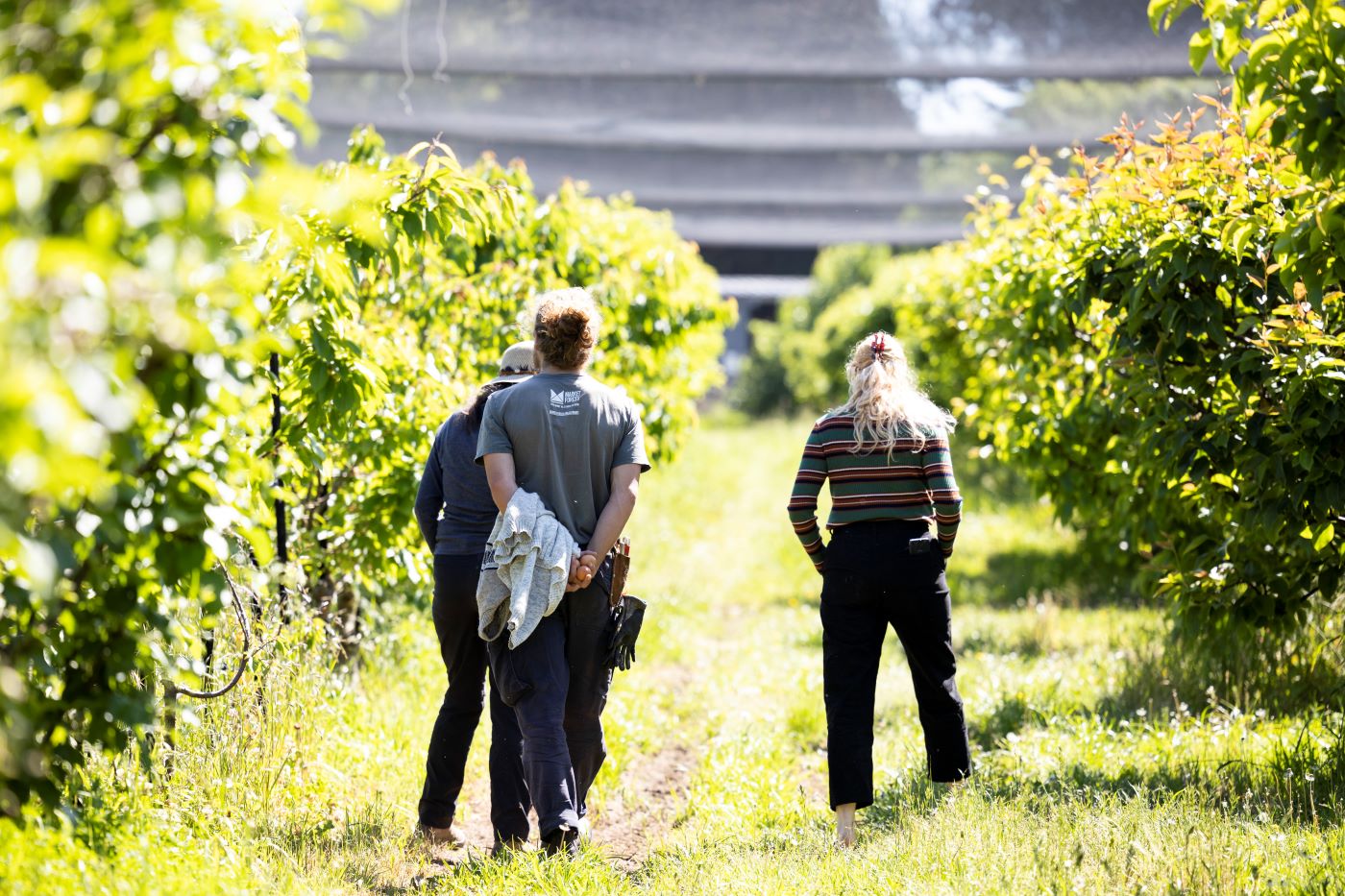
“Covid, in a way, was helpful, because lots of Sydney people who would not normally come to Canberra for holidays were coming … self-picks are not common. There’s a self-pick apple place outside of Sydney, but it was just starting to get its own momentum,” says Chris.
“So, by tying the tourism element into it really started to pick it up and make it viable.”
Gaining momentum through social media, the orchard has become increasingly popular within Canberra and a family-favourite pastime.
“We’ve got mothers who remember coming here as children themselves, and now they’re bringing their children. We pushed it into the school market, so we have a school holiday program here,” says Chris.
“We have regular mums who come on Fridays with their mothers’ groups, and it’s just been very organic.”
Along with picking the fruit, Tanbella Orchard has a coffee cart, a picturesque lawn where visitors can sit, and an ice-cream station (apple flavour, of course) – it’s a lovely outing for families, and affordable.
“It’s just built its own sort of viability, I guess. But without that aspect of a lot of people coming here and picking I mean … it just wouldn’t be viable,” says Chris.
After years of debate, Chris decided to charge an entry fee and raise the prices to $7 a kilo.
“The charging of the entry was a big change. I just really didn’t want to do it. I didn’t know how to do it … it’s always been free. But you know, the resistance to that has been practically nil. Because when people add up what they spend as an outing, it still comes across as very affordable for a family,” she says.
“The occasional customer will come in and go, but I can go to Woolies and buy that for $4. And I say, ‘well, off you go’,” she smiles.
Tanbella Orchard is bringing the community closer to where their food comes from and connecting them with farmers whom they most likely wouldn’t think too much about.
Many consumers head to a supermarket every week to buy fruit and veggies, which causes a disconnect with who planted, grew, picked, and delivered our food.
At Tanbella Orchard, visitors can pluck apples straight off the trees and take a bite of the fresh fruit.
“[The disconnect] is one of the reasons to be honest that for years, this didn’t make any money,” reveals Chris.
“But when you have groups come in with their kids, and a little kid will come up to you and go ‘I’ve had the best day of my life!’ – they’ve never seen fruit growing on trees … it’s delightful to see how much people enjoy it, and value it and how much pleasure it gives them.”
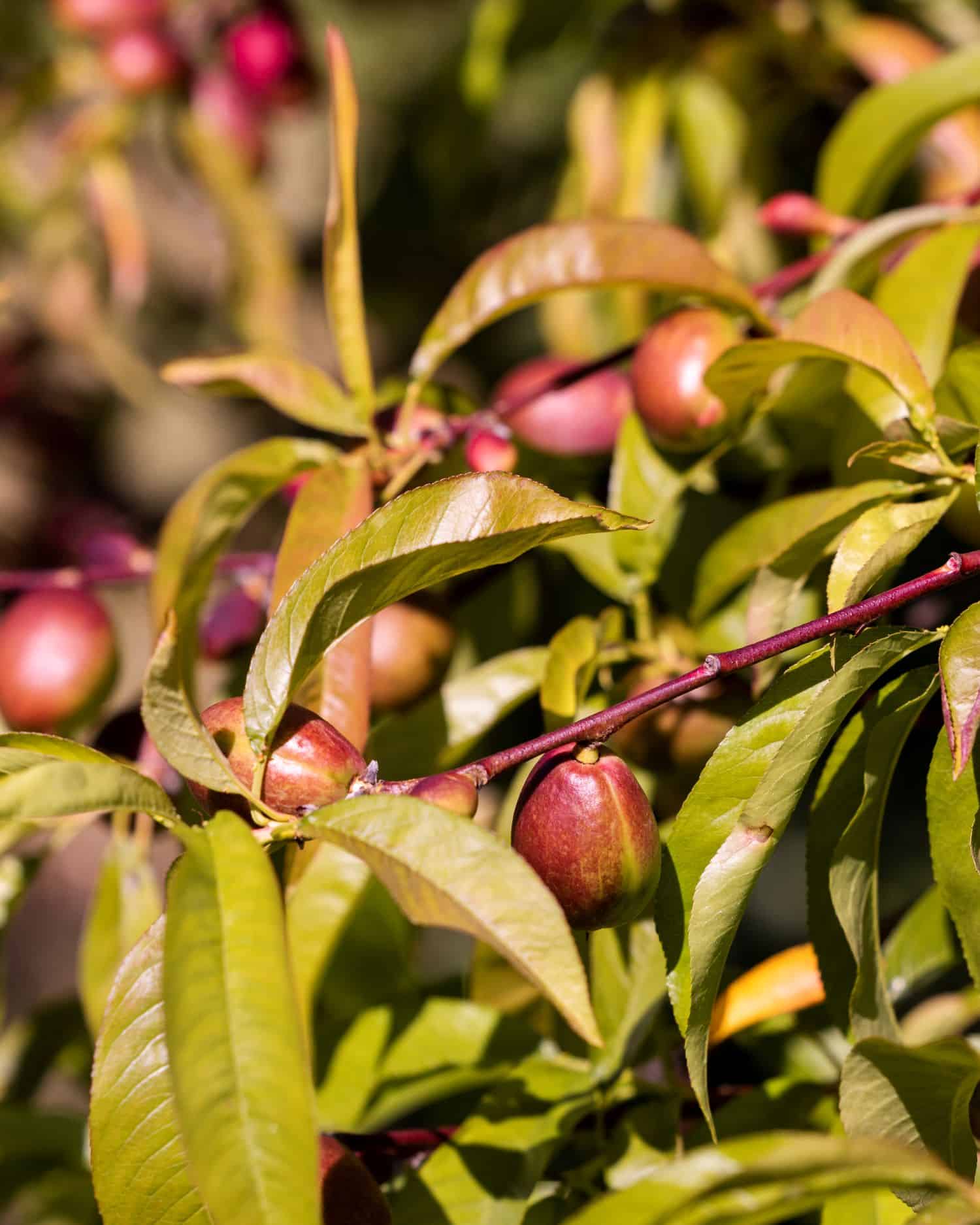
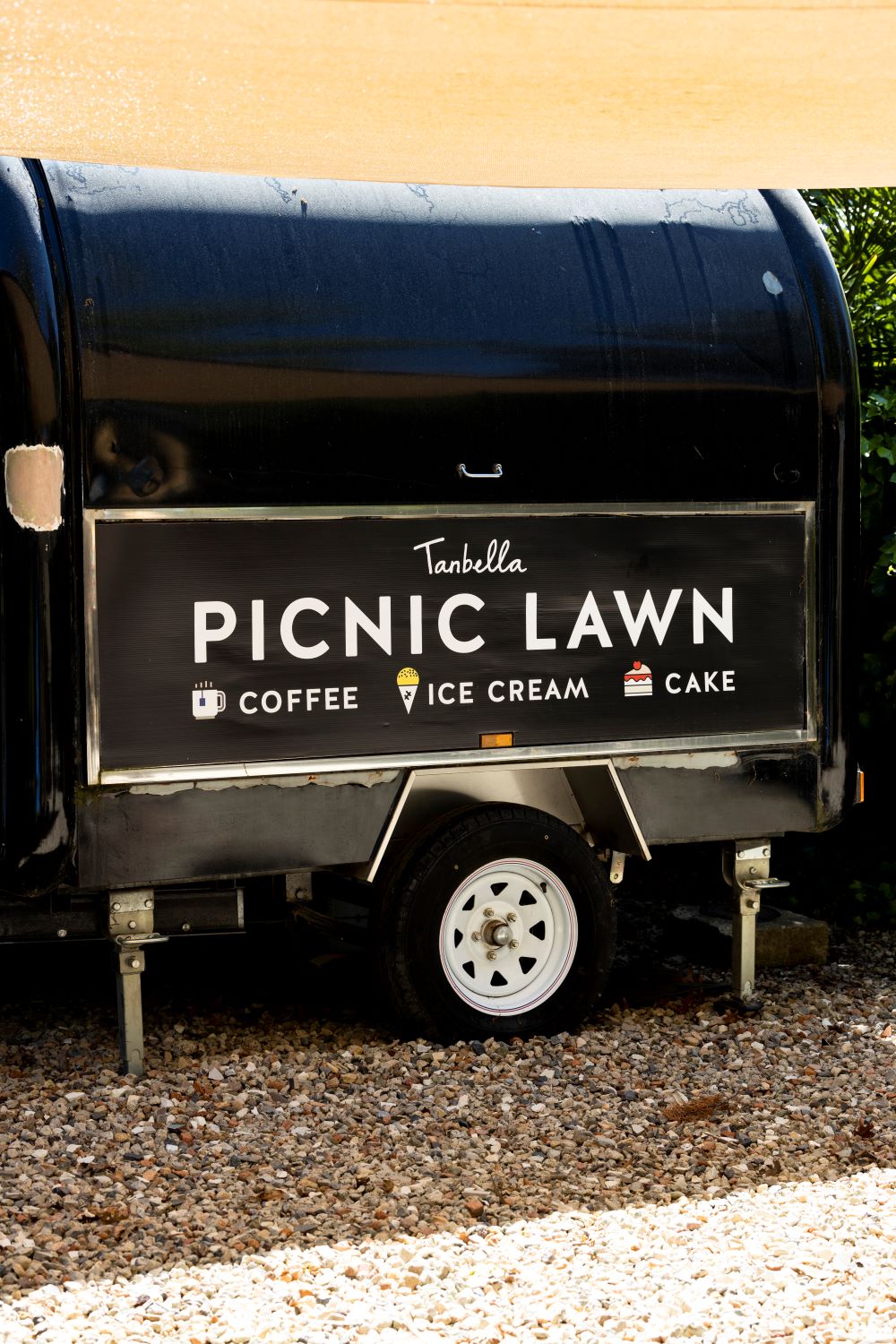
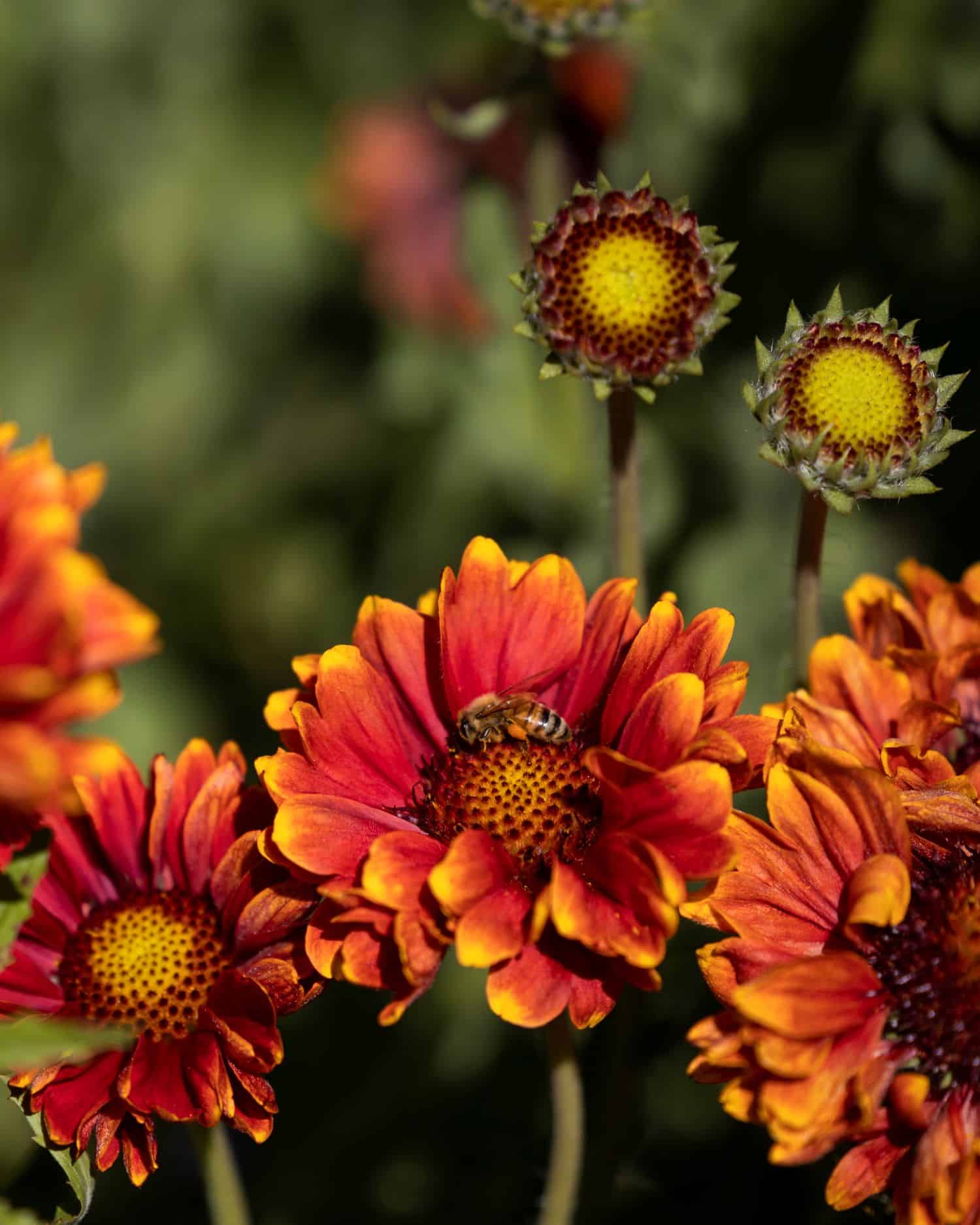
What would you like to see in the Capital Food and Fibre Strategy?
Chris’ son, Brydon Davidson, is currently helping her on the Orchard, and is passionate about agriculture.
He shares his hopes for the Food and Fibre Strategy, saying he’d most like to see an increase in government support for education and campaigns for Canberrans to start growing their own food.
Brydon refers to the push for citizens to grow their own vegetables during the wartime period because of shortages, which proved that if there’s an active push, it’s possible.
“I think in Canberra in particular, people have quite large backyards, quite large plots, and if there was an interest and education around it or maybe a general culture of doing this, something like leafy greens, you can for sure be growing on scale,” says Brydon.
More community gardens around Canberra planted by the ACT Government is another of Brydon’s suggestions for the strategy.
He says this negates the problem for people who have limited land access or live in an apartment and could create a social hub for the community where there are opportunities for connection, and education, along with fresh food.
What do you hope the future of farming and agriculture in Canberra will look like?
“I hope that something like this place will be around into the future, for sure,” says Chris.
“Looking at what’s going on, just generally watching all the other apple orchards close, I’m not going to be here forever.
“So, you’d hope that a place like this might be protected. This is a rural lease, but it doesn’t mean that the next person that comes along doesn’t find it viable; when you consider the investment they’ll have to make in this land, that they might go ‘a car park will be better’.
“I think probably the future in farming around Canberra rests more with what Brydon was talking about: small scale, intense, and bringing it in to the suburbs and getting more people actively involved.
“And whether that means that people farm just more for themselves – growing veggies … I think it’s going to be a combination,” she says.
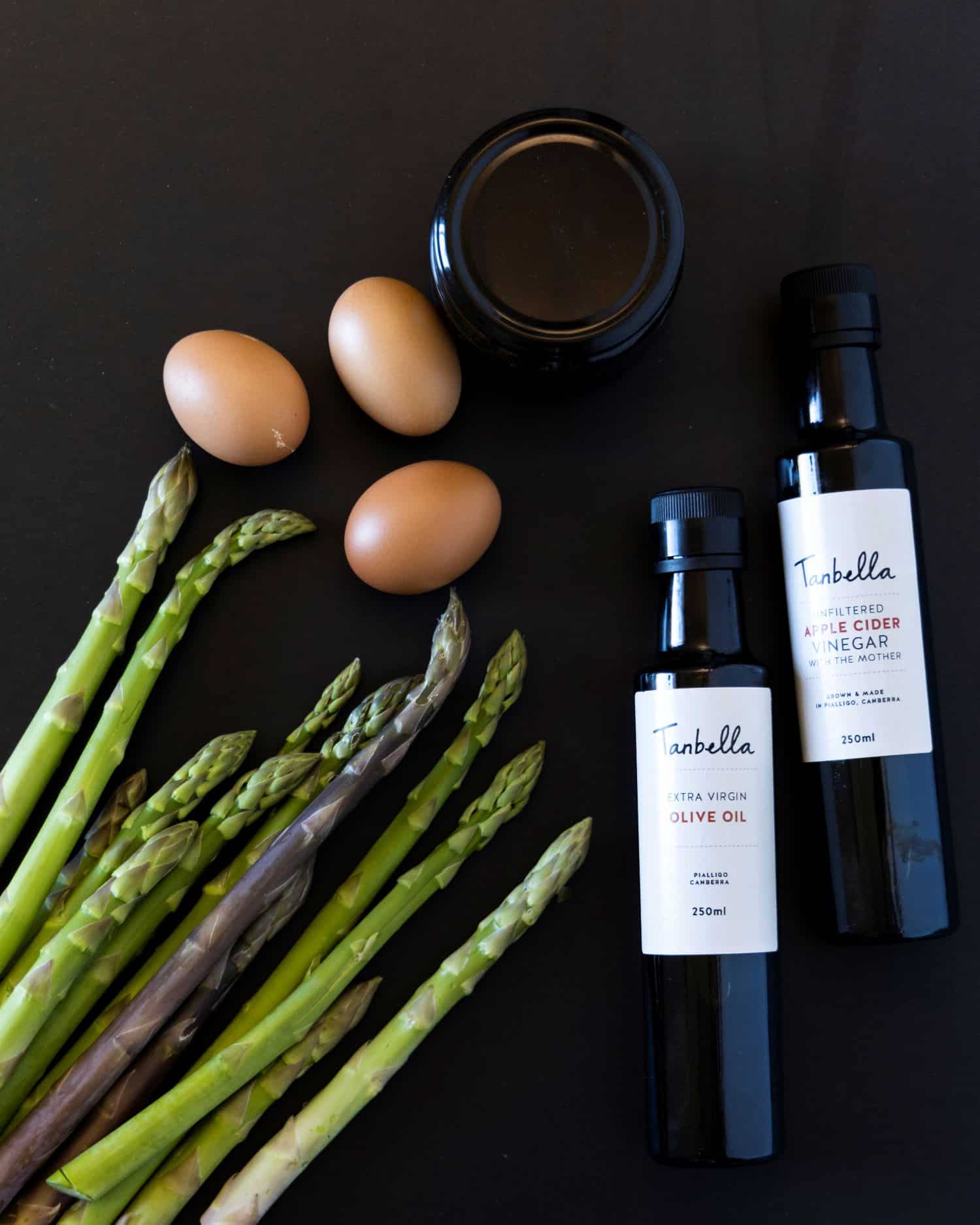
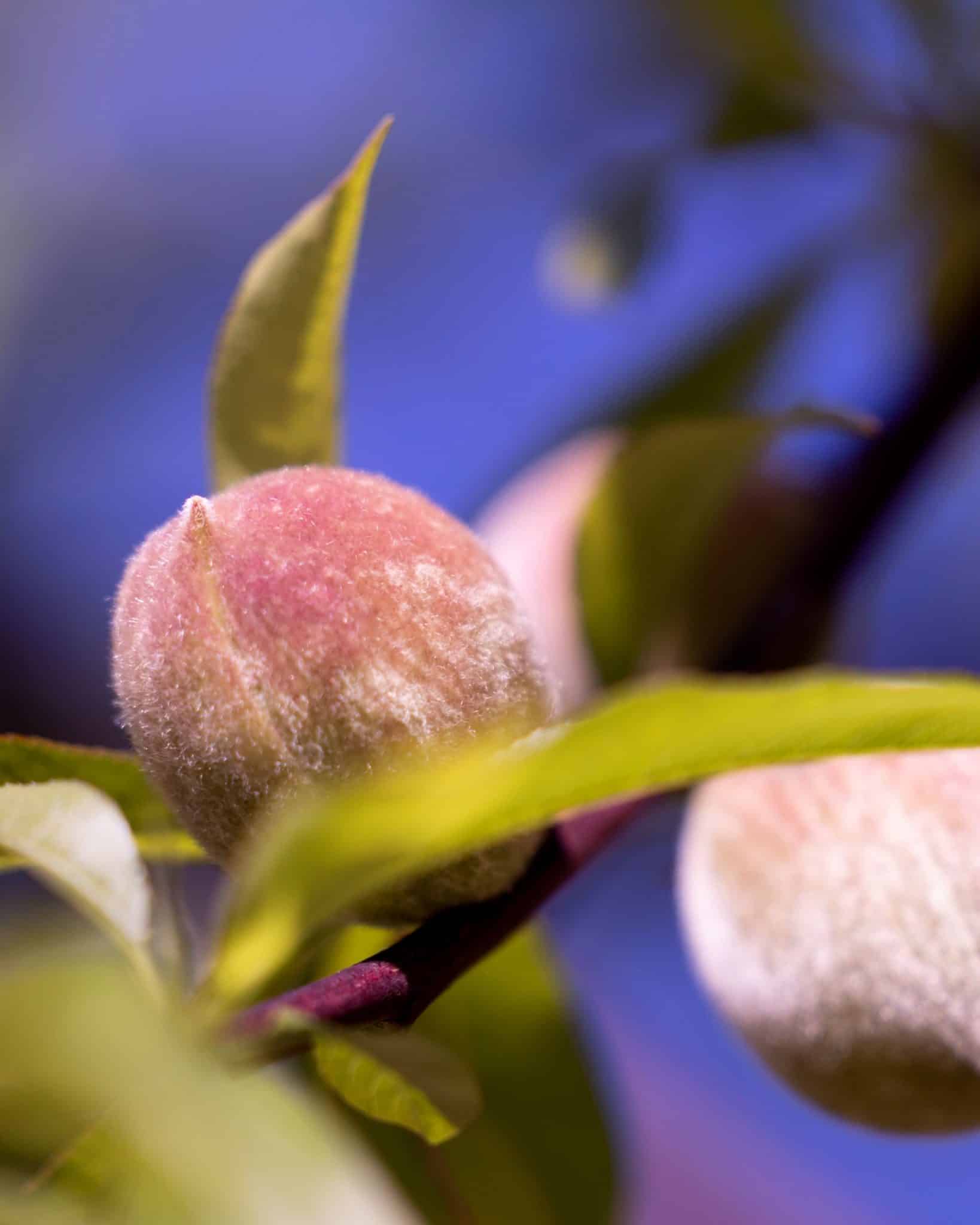
Get all the latest Canberra news, sport, entertainment, lifestyle, competitions and more delivered straight to your inbox with the Canberra Daily Daily Newsletter. Sign up here.

